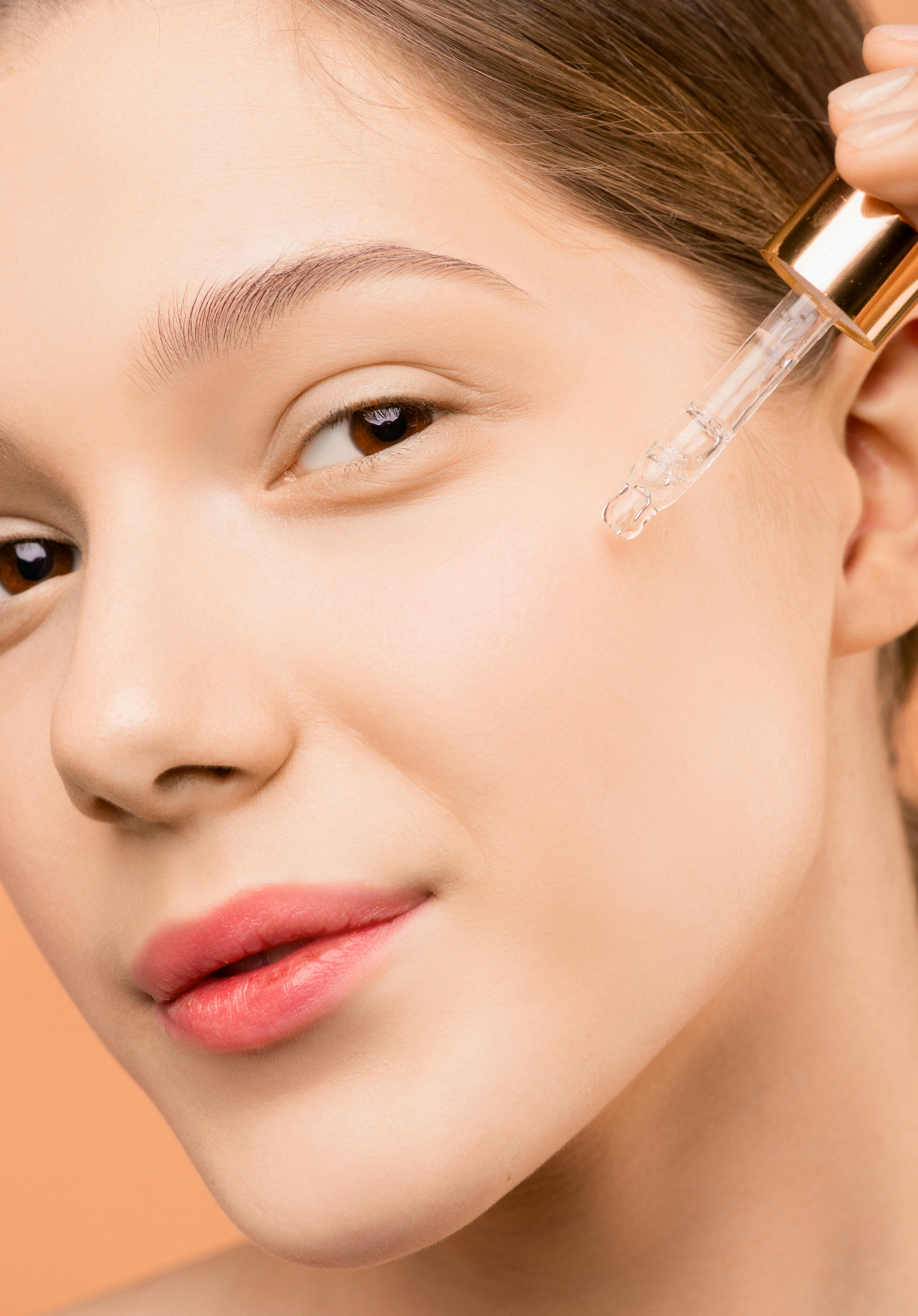Beauty Services for Facial and Skincare: Face Tools and Care
A visit to a beauty service provider can cover a wide range of facial and skincare needs — from a basic cleanse and hydration boost to targeted treatments for acne, pigmentation, or texture. Understanding what each service does, which tools are used, and how to build a home routine that supports professional treatments helps you get consistent results while protecting skin health.

Facial care: what to expect
A professional facial typically starts with a skin assessment, followed by cleansing, exfoliation, extraction (if appropriate), mask, and moisturizing steps tailored to your skin type. Estheticians may use steam, mild peels, or enzyme treatments to improve texture and clarity. Communicate sensitivities, allergies, and medications before treatment so the provider can select suitable products. Regular appointments vary by need; some people benefit from monthly visits while others opt for seasonal treatments. Always check that practitioners are licensed and that single-use or properly sterilized supplies are used.
Skincare routines and safety
At-home skincare complements professional services and usually includes a gentle cleanser, targeted serums (like vitamin C or hyaluronic acid), and daily broad-spectrum sunscreen. Introduce active ingredients slowly to monitor tolerance — for example, retinoids and exfoliating acids are effective but can cause irritation if combined incorrectly. This article is for informational purposes only and should not be considered medical advice. Please consult a qualified healthcare professional for personalized guidance and treatment. When in doubt, consult a dermatologist for persistent problems or before starting potent prescription-strength products.
Beauty services vs at-home care
Professional beauty services offer access to stronger formulations, electrical devices, and trained hands that can perform extractions or controlled resurfacing safely. At-home care is ideal for daily maintenance and for extending the effects of salon visits. Consider cost, downtime, and desired results: some in-clinic procedures produce faster or more dramatic changes but may require recovery, while at-home options are gentler and cumulative. Whether you choose salon or home care, consistency and selection of appropriate ingredients are the keys to long-term skin health and visible improvement.
Face concerns and treatment options
Common face concerns include acne, sensitivity, uneven tone, fine lines, and loss of firmness. Non-invasive in-clinic options include chemical peels, microdermabrasion, and LED therapy; minimally invasive options may involve microneedling or injectable treatments provided by medical professionals. Each approach has risks and benefits and should be matched to your skin type, age, and goals. Providers should explain expected outcomes, possible side effects, and aftercare. For chronic or severe conditions, seek evaluation from a dermatologist or qualified clinician to ensure safe, evidence-based care.
Tools used in professional services
Professional tools range from simple implements like extraction spoons and brushes to advanced devices such as microcurrent, fractional lasers, radiofrequency, and LED panels. Manual tools—gua sha stones or facial rollers—are often used for lymphatic-style massage, while electronic devices can stimulate collagen or reduce oil production depending on the technology. Hygiene and operator training are critical: devices that penetrate or abrade skin require medical-grade protocols and, in many places, licensure. If you’re considering treatments that use devices, ask about the model, intended effect, and any clinical evidence or certifications the operator can provide.
A consistent approach to face and skincare balances professional expertise with a sensible at-home routine. Start with a clear skin assessment, set realistic expectations about timelines and upkeep, and prioritize sun protection and gentle, evidence-backed ingredients. When selecting local services, verify practitioner credentials, review hygiene practices, and ask for aftercare instructions so results last and risks remain low.
Conclusion
Beauty services encompass a spectrum of options that address cleansing, concerns, and maintenance for the face. Knowing how facials, professional tools, and daily skincare work together helps you plan treatments that fit your lifestyle and skin goals. When considering treatments beyond basic care, seek licensed professionals and medical advice for any persistent or serious conditions so decisions are safe and well informed.






